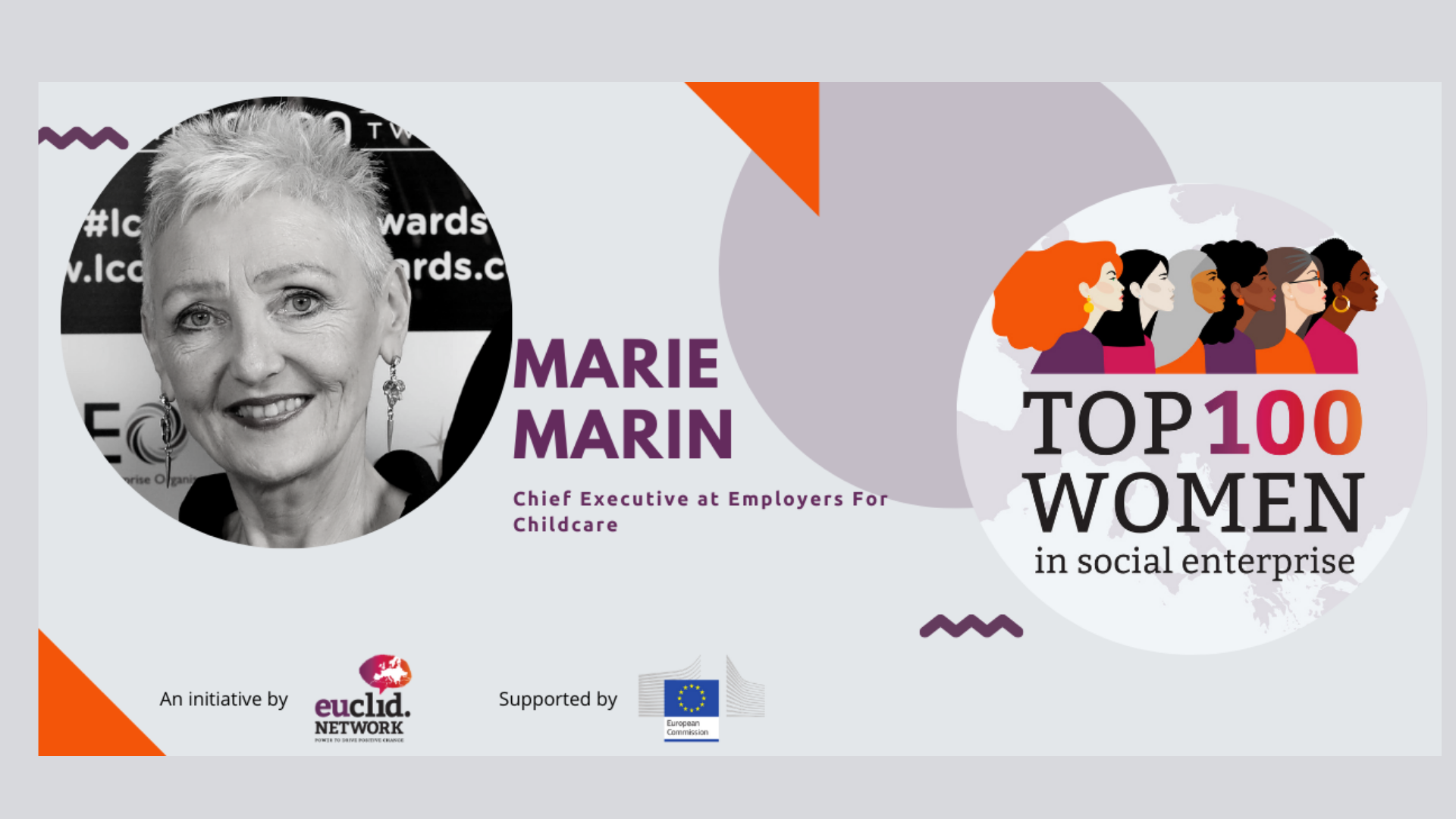Furlough scheme and support for the self-employed extended
Furlough scheme extended until the end of September 2021
On 3 March, Chancellor Rishi Sunak announced that the furlough scheme – which had previously been extended to the end of April 2021 – has now been further extended until the end of September 2021. This extension to furlough, also known as the Coronavirus Job Retention Scheme, applies across the UK.
Employees on furlough will continue to receive 80% of their usual salary for hours not worked, up to a maximum of £2,500, and can be furloughed on a part-time or full-time basis.
What are employers liable to pay under the extended scheme?
Until the end of June, employers will continue to be liable only for National Insurance and employer pension contributions which, for the average claim, accounts for approximately 5% of total employment costs, and the full 80% of wages will be met by the Government.
From July, employers will be required to contribute to the wage costs for hours not worked – first 10%, then rising to 20% in August and September. Employers can continue to choose to top up their employees’ wages above the 80% total at their own expense.
Employers can continue to furlough employees for any amount of time and any work pattern, while claiming the grant for the hours not worked.
Which employees can be put on furlough?
The aim of the scheme is to allow companies to continue employing staff at a time when there may be no work, or not enough work, for them to do, or the organisation has been affected by the Covid-19 pandemic. It may also be used to support parents who have to look after children when they cannot attend school or childcare, or those with other caring responsibilities, as well as people are clinically extremely vulnerable.
An employee can be furloughed whether they are on a full-time, part-time, agency, flexible or zero-hour contract.
For periods of furlough starting on or after 1 May 2021, an employee must have been employed on 2 March 2021, and the employer must have made a PAYE Real Time Information (RTI) submission to HMRC for that employee between 20 March 2020 and 2 March 2021. It is not necessary for an employee to have been furloughed prior to 2 March 2021 in order to be furloughed for any period starting on or after 1 May 2021.
It is important to note that an employer is under no obligation to put an employee on furlough.
What are an employee’s rights while on furlough?
While on furlough an employee can take on other jobs, so long as this is permitted in their contract of employment, and can take part in training, or volunteer for an unconnected organisation. The employee retains all of their employment rights, including annual and parental leave, while on furlough. Employers may wish to engage with their employees who are on furlough about using their paid holiday leave entitlements.
If you are an employee who is planning to take paid parental leave or adoption leave, this will be paid based on your usual earnings, rather than on your furloughed rate. This is a complex situation so we advise anyone with questions to seek independent advice on what is best for their family.
Government guidance on furlough
If you are an employer, the Government’s guidance on the furlough scheme is available here.
If you are an employee, the Government’s guidance on the furlough scheme is available here.
Support for the self-employed is extended
The Chancellor also announced an extension to the Self-employment Income Support Scheme. A fourth grant covering the months February to April will provide support of 80% of three months’ average trading profits, paid in a single instalment up to a maximum of £7,500. There will then be a fifth and final grant covering the period May to September.
What are the eligibility criteria for the fourth grant?
Eligibility for the scheme will now be based on the Tax Return submitted for 2019/20. This will mean that approximately 600,000 more self-employed people are likely to be eligible for a grant, having become self-employed in the tax year 2019 to 2020. However, it also means that, for those eligible for funding previously, the amount of the fourth grant could be higher or lower than previous grants received.
Other eligibility criteria remain unchanged.
The online claims process for the fourth grant will be available from late April 2021. If you are eligible, HMRC will contact you in mid-April to give you your personal claim date. This will be the date that you can make your claim from.
What are the details of the fifth grant?
A fifth grant, covering the period May to September, will see support tapered with the amount determined by how much turnover has been reduced in the year April 2020 to April 2021.
Those who have experienced a decrease of 30% or more in turnover will receive a grant covering 80% of 3 months’ average trading profits, capped at £7,500.
Those who have experienced a decrease in turnover of less than 30% will receive a grant of 30% of 3 months’ average trading profits, capped at £2,850.
The online claims process for the fifth grant should be available from late July.
Government guidance on the Self-employment Income Support Scheme
The Government’s guidance on the scheme is available here, however further detail is still to be provided.
Contact us for advice
We would encourage any individuals or employers wishing to find out what financial support they may be entitled to, to contact our Family Benefits Advice Service for free, impartial and confidential advice on 028 9267 8200 or email hello@employersforchildcare.org






